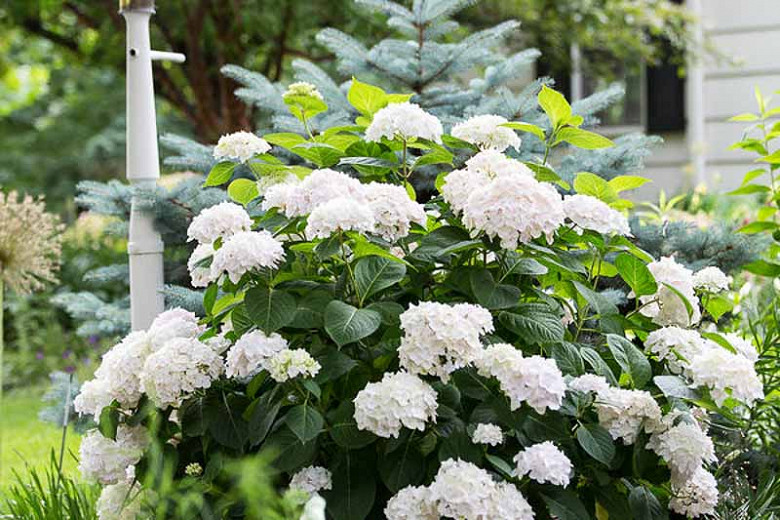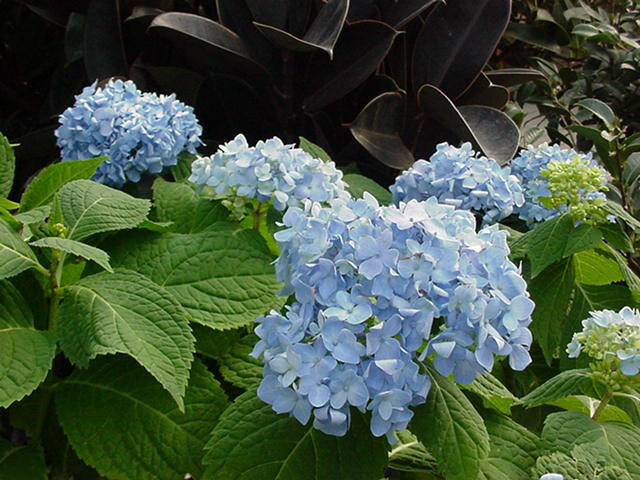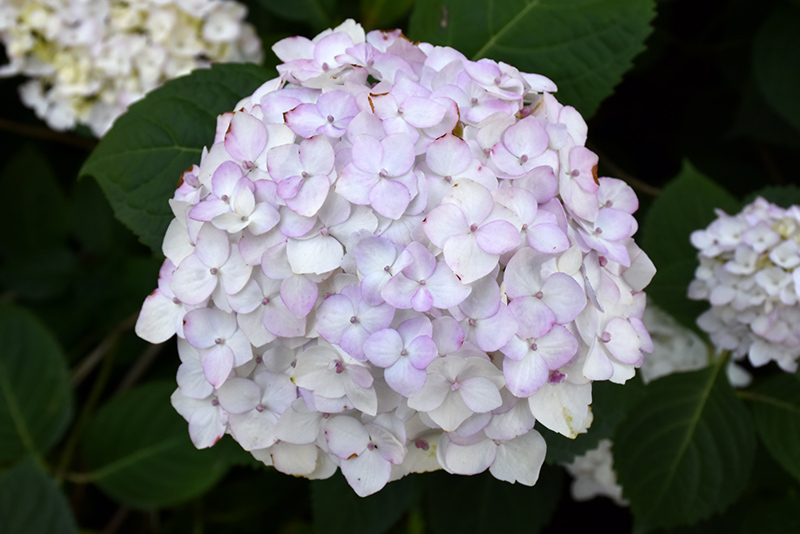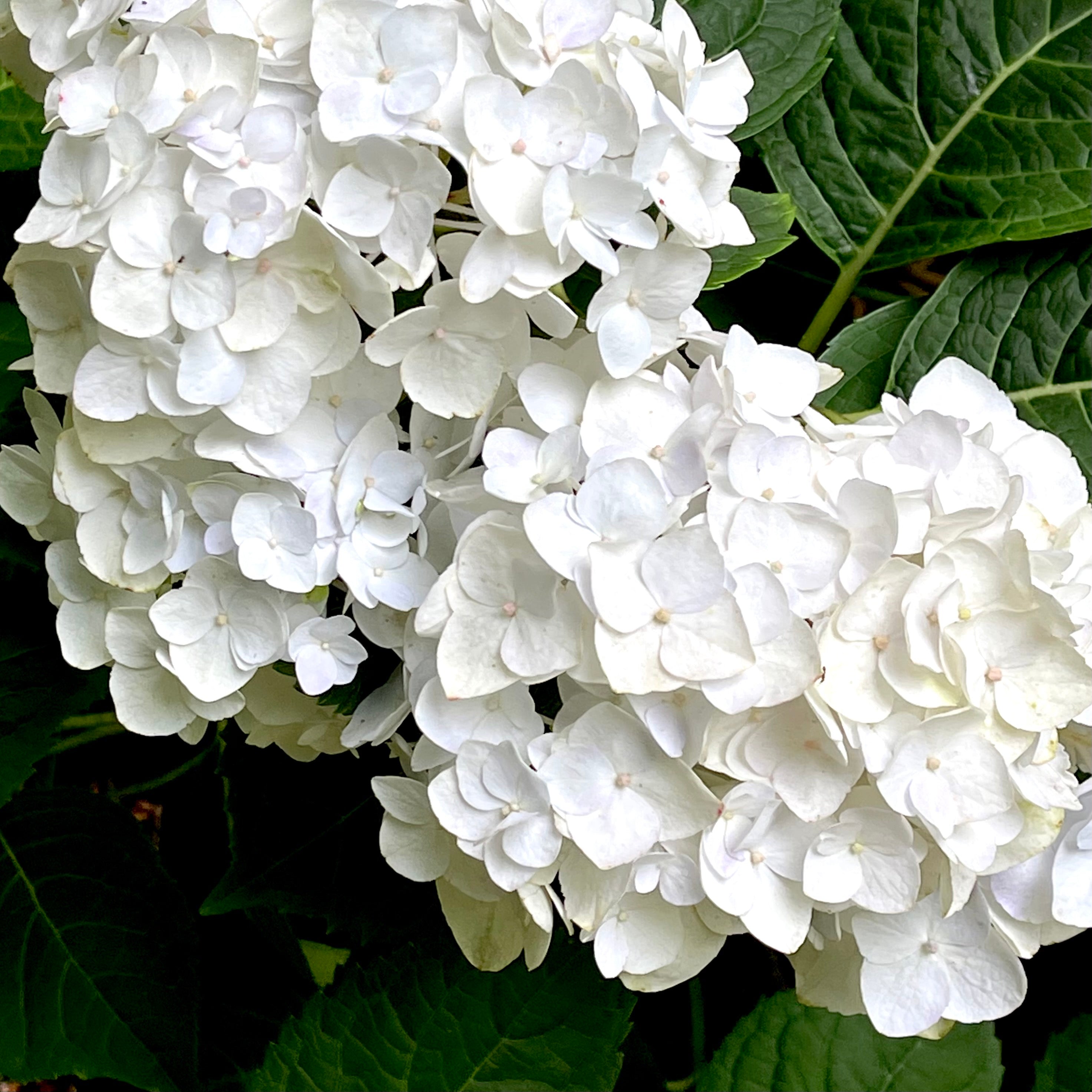Blushing Bride Bigleaf Hydrangea: The Ultimate Guide To Growing And Caring For This Beautiful Plant
Introduction
The Blushing Bride Bigleaf Hydrangea is a popular choice for gardeners thanks to its large, showy blooms and long blooming season. The flowers start out as pure white and mature to blush pink or Carolina blue, depending on the soil pH. Blushing Bride Hydrangeas are relatively easy to care for and can thrive in a variety of conditions. In this guide, we will discuss everything you need to know about growing and caring for this beautiful plant.
Planting
Blushing Bride Hydrangeas prefer to be planted in part shade, but they can also tolerate full sun in cooler climates. The soil should be rich and well-drained. If your soil is sandy or clay, you may need to add some compost or peat moss to improve drainage.
When planting, dig a hole that is twice the width of the root ball. Place the plant in the hole and backfill with soil, tamping it down gently. Water the plant thoroughly after planting.
Watering and Fertilizing
Blushing Bride Hydrangeas need regular watering, especially during the first year after planting. Water the plant deeply once a week, or more often if the weather is hot and dry.
In the spring, fertilize the plant with a balanced fertilizer, such as a 10-10-10 fertilizer. Apply the fertilizer according to the directions on the label.
Pruning
Blushing Bride Hydrangeas do not require a lot of pruning. However, you can prune the plant after it blooms to encourage new growth and a more compact shape.
To prune, simply cut back the stems to a pair of healthy buds. You can also remove any dead, diseased, or damaged branches.
Overwintering
In colder climates, Blushing Bride Hydrangeas may need to be protected from the cold. You can do this by covering the plant with a burlap sack or evergreen boughs.
Problems
Blushing Bride Hydrangeas are relatively resistant to pests and diseases. However, they can be susceptible to powdery mildew, especially in humid climates. If you see powdery mildew on your plant, you can treat it with a fungicide.
Propagation
Blushing Bride Hydrangeas can be propagated by softwood cuttings. To take a softwood cutting, simply cut a 4-6 inch section of new growth from the plant. Remove the lower leaves from the cutting and dip the end in rooting hormone. Plant the cutting in a pot of well-draining potting mix and keep the soil moist. The cutting should root in about 4-6 weeks.
Conclusion
Blushing Bride Bigleaf Hydrangeas are beautiful and easy-to-care-for plants that can add a touch of elegance to any garden. With proper care, your Blushing Bride Hydrangeas will bloom for many years to come.
The blushing bride bigleaf hydrangea is a beautiful shrub that produces large, round clusters of pure white flowers that mature to blush pink or Carolina blue, depending on soil pH. It is hardy in Zones 5-9 and can be grown in full sun to part shade. Blushing bride hydrangeas are relatively low-maintenance and require only moderate watering and fertilizing. They are also resistant to pests and diseases.
If you are looking for a stunning addition to your garden, the blushing bride bigleaf hydrangea is a great choice. To learn more about this plant, please visit Home Gardening.
FAQ of blushing bride bigleaf hydrangea
- What is blushing bride bigleaf hydrangea?
Blushing bride bigleaf hydrangea is a type of hydrangea that is known for its large, showy flowers. The flowers typically start out as a light pink color and then gradually fade to a white color as they mature. Blushing bride bigleaf hydrangeas are relatively easy to care for and can be grown in most parts of the country.
- What are the best growing conditions for blushing bride bigleaf hydrangea?
Blushing bride bigleaf hydrangeas prefer full sun or partial shade and well-drained soil. They are relatively drought tolerant, but they will do best with regular watering during the summer months. Blushing bride bigleaf hydrangeas are also heavy feeders, so they will benefit from a balanced fertilizer application in the spring and fall.
- What are some common pests and diseases that affect blushing bride bigleaf hydrangeas?
The most common pests that affect blushing bride bigleaf hydrangeas are aphids, scale insects, and Japanese beetles. These pests can be controlled with insecticidal soap or neem oil. The most common diseases that affect blushing bride bigleaf hydrangeas are powdery mildew and leaf spot. These diseases can be prevented by watering the plants at the base and avoiding overhead watering.
- How do I deadhead blushing bride bigleaf hydrangeas?
Blushing bride bigleaf hydrangeas should be deadheaded regularly to encourage new flower growth. To deadhead, simply pinch or cut off the spent flowers at the base of the stem.
- How do I overwinter blushing bride bigleaf hydrangeas?
In areas with cold winters, blushing bride bigleaf hydrangeas may need to be protected from the cold. To overwinter, mulch the plants with a layer of 2-3 inches of organic matter, such as straw or leaves. You may also need to cover the plants with a burlap sack or other protective material.
Image of blushing bride bigleaf hydrangea
10 different images of blushing bride bigleaf hydrangea that are free to use:
I hope you like these images!









Post a Comment for "Blushing Bride Bigleaf Hydrangea: The Ultimate Guide To Growing And Caring For This Beautiful Plant"